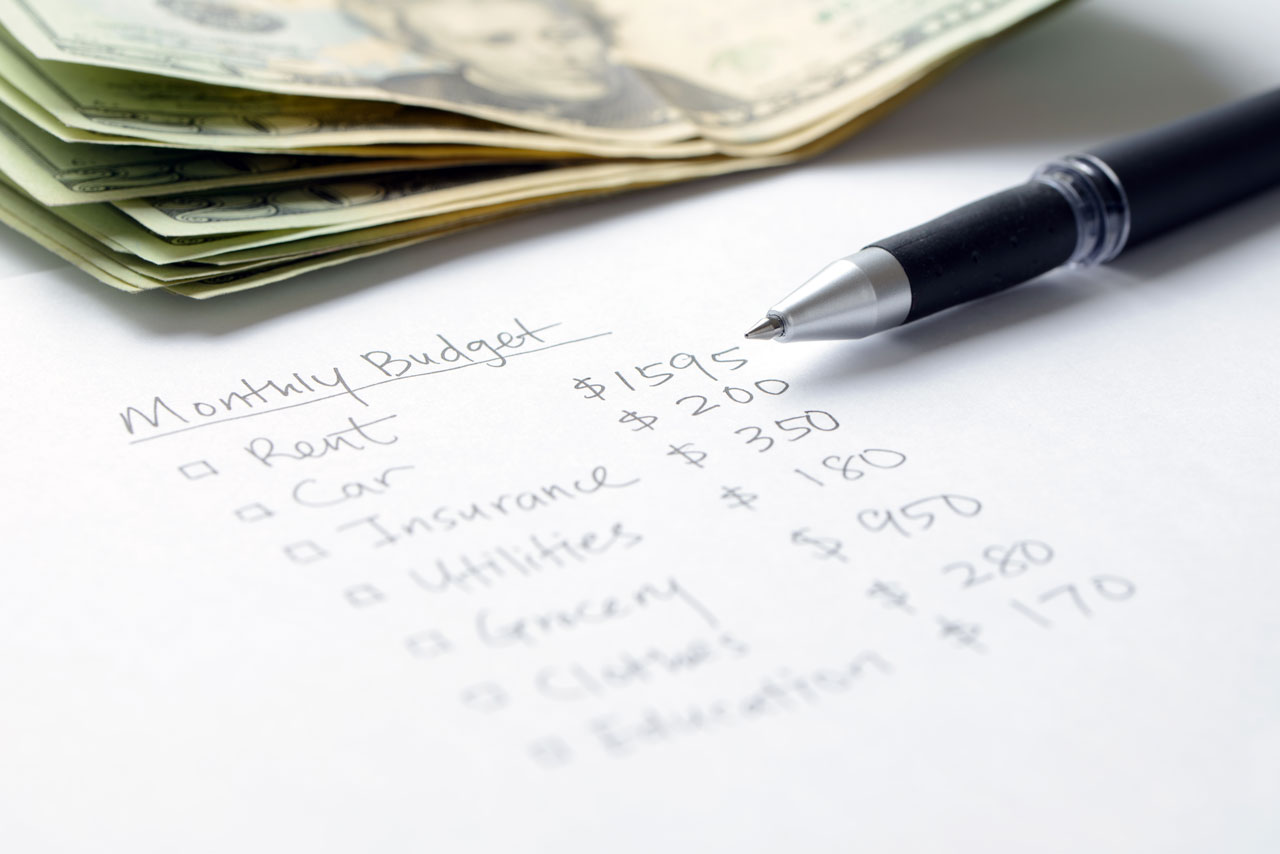Creating a city living budget in 2025 is essential for thriving in urban environments where costs like housing, transportation, and dining can quickly add up. Cities offer excitement and opportunities, but high expenses can strain finances without a solid plan. This guide provides actionable steps to craft a city living budget, helping you balance essentials and enjoy urban life without financial stress. Whether you’re in New York, Chicago, or Seattle, these tips will keep your wallet happy.
Why a City Living Budget Matters
 Urban living costs are rising. According to the Economic Policy Institute’s 2025 Cost of Living Report, cities like San Francisco and New York have cost-of-living indices 20-30% above the national average. Housing often consumes the largest portion of income, followed by transportation and food. A city living budget helps you prioritize expenses, avoid overspending, and save for goals like travel or an emergency fund. Without one, you risk falling into debt, especially in high-cost cities.
Urban living costs are rising. According to the Economic Policy Institute’s 2025 Cost of Living Report, cities like San Francisco and New York have cost-of-living indices 20-30% above the national average. Housing often consumes the largest portion of income, followed by transportation and food. A city living budget helps you prioritize expenses, avoid overspending, and save for goals like travel or an emergency fund. Without one, you risk falling into debt, especially in high-cost cities.
Steps to Create Your City Living Budget
1. Assess Your Income and Expenses
Start by calculating your monthly take-home income. Next, track expenses for 30 days, categorizing them into housing, utilities, transportation, food, and entertainment. Tools like Mint or YNAB can simplify this process. Understanding your spending patterns is the foundation of a solid city living budget.
2. Prioritize Housing Costs
Housing typically accounts for 30-40% of urban budgets. For example, average rents in Los Angeles are $2,500/month for a one-bedroom, per Zillow’s 2025 Market Data. Aim to keep housing costs below 30% of your income. Consider co-living spaces or suburbs if city rents are too high. Check our Cost of Living Comparisons for city-specific housing data.
3. Plan for Transportation
Cities offer diverse transit options, from subways to rideshares. A monthly transit pass in Chicago costs about $75, while car ownership, including gas and insurance, averages $400/month. Compare costs using our City Transportation Guide. Walking or biking can further reduce expenses in walkable cities.
4. Manage Lifestyle Expenses
Dining out, entertainment, and subscriptions can erode your city living budget. Cooking at home can save $200-$300 monthly compared to frequent restaurant visits. Set a weekly “fun budget” for activities like concerts or coffee runs. Explore free city events, like those listed in our City Living Guides, to enjoy urban life affordably.
5. Build an Emergency Fund
Unexpected costs, like medical bills or job changes, are common in cities. Aim to save 3-6 months of expenses in an emergency fund. Start small, saving $50-$100 monthly, and store it in a high-yield savings account, as recommended by Bankrate. This cushion ensures your city living budget stays intact during surprises.
Advanced Tips to Save on Urban Living Costs
- Shop Smart: Buy in bulk at discount stores like Costco or use apps like Flipp for grocery deals.
- Leverage City Resources: Many cities offer free museum days or festivals. Check local event calendars to enjoy culture without spending.
- Negotiate Bills: Contact utility or internet providers to negotiate rates or switch to cheaper plans.
- Side Hustles: Urban areas offer gig opportunities like food delivery or freelancing to boost income. Explore options on Upwork.
Common Budgeting Mistakes to Avoid
- Ignoring Small Expenses: Daily coffee or rideshares add up. Track these in your city living budget.
- Overpaying for Convenience: Avoid over-relying on takeout or premium services.
- Skipping Savings: Even small savings contributions build financial security over time.
Conclusion
A city living budget in 2025 empowers you to enjoy urban life without financial strain. By assessing income, prioritizing housing, managing transportation and lifestyle costs, and saving for emergencies, you can thrive in any city. Use our Cost of Living Calculator to tailor your budget to your city. Start today and take control of your urban finances!

